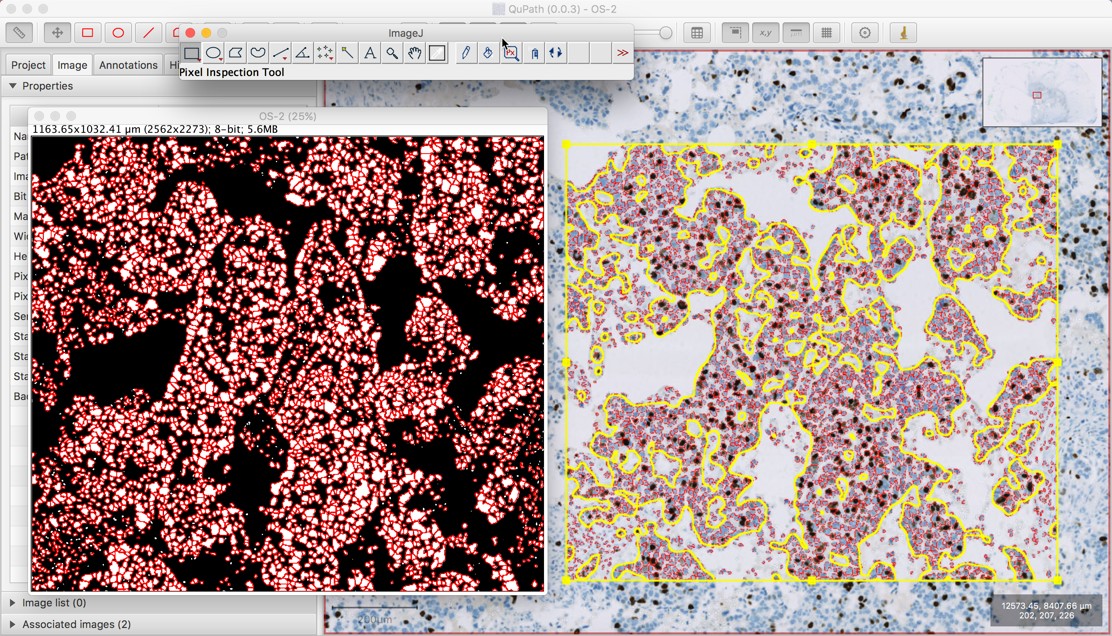

Many times, when we are capturing images we don’t use the entire dynamic range (256 values for 8-bit images). This means that we are displaying our dynamic range with the maximum intensity being the brightest and the minimum intensity set to black. Min/Max is short for minimum and maximum. Min/Maxīrightness/Contrast adjustments refer to changes with how the image is displayed. Figure 1: Examples of LUT choices in ImageJ 3. If we are only imaging one channel or ratiometric data, using a colorful LUT such as “rainbow” can highlight differences in intensity that may be too fine for the human eye to differentiate. So, for most fluorescent imaging applications, it is best to have separate channels in black and white and a final merged image showing the overlay. The human eye is best at recognizing black and white contrast. This includes pseudo-coloring your images by creating different color channels. Lookup Tables (LUTs) are a way of displaying images that is different from monochrome images (black and white). Monochrome images can be converted into RGB images, but not vice versa. We produce RGB images whenever we use a color camera, such as imaging histology stained sections. The color in the image is based on the combined intensity of each of those channels. The cameras in our phones produce RGB images in which the light is filtered into three different color bins: red, green, blue. Either monochrome (that can be multichannel) or “RGB.” RGB stands for red, green, blue – the primary colors of light. Images acquired during microscopy can be grouped into two main categories. Therefore, in this blog, I’m going to break down 7 terms that are key when post-processing of images. The vocabulary for image processing and analysis can be a little intimidating to those new to the field. As scientists, we need to perform image analysis after we’ve acquired images in the microscope, otherwise, we have just a pretty picture and not data.


 0 kommentar(er)
0 kommentar(er)
